
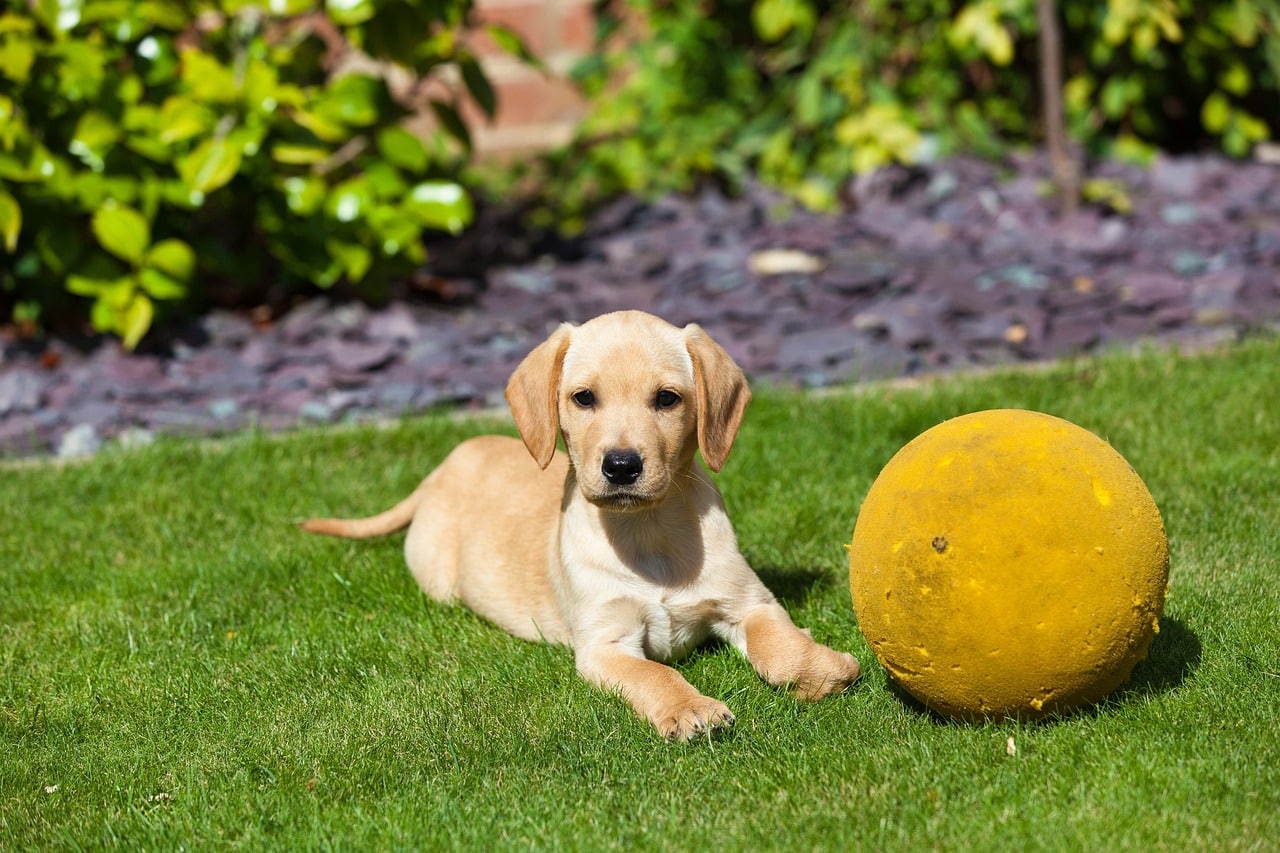
Bringing home a new puppy is exciting, but raising a well-mannered dog requires time, effort, and patience. By age two, a dog’s habits and personality are usually set, making early training and socialization crucial. Teaching essential skills not only ensures good behavior but also strengthens your bond and helps your pup confidently handle various situations. From basic commands to social manners, these core lessons will transform your playful, curious puppy into a balanced, happy adult dog who knows how to navigate the human world and thrive alongside their human family.
Sit
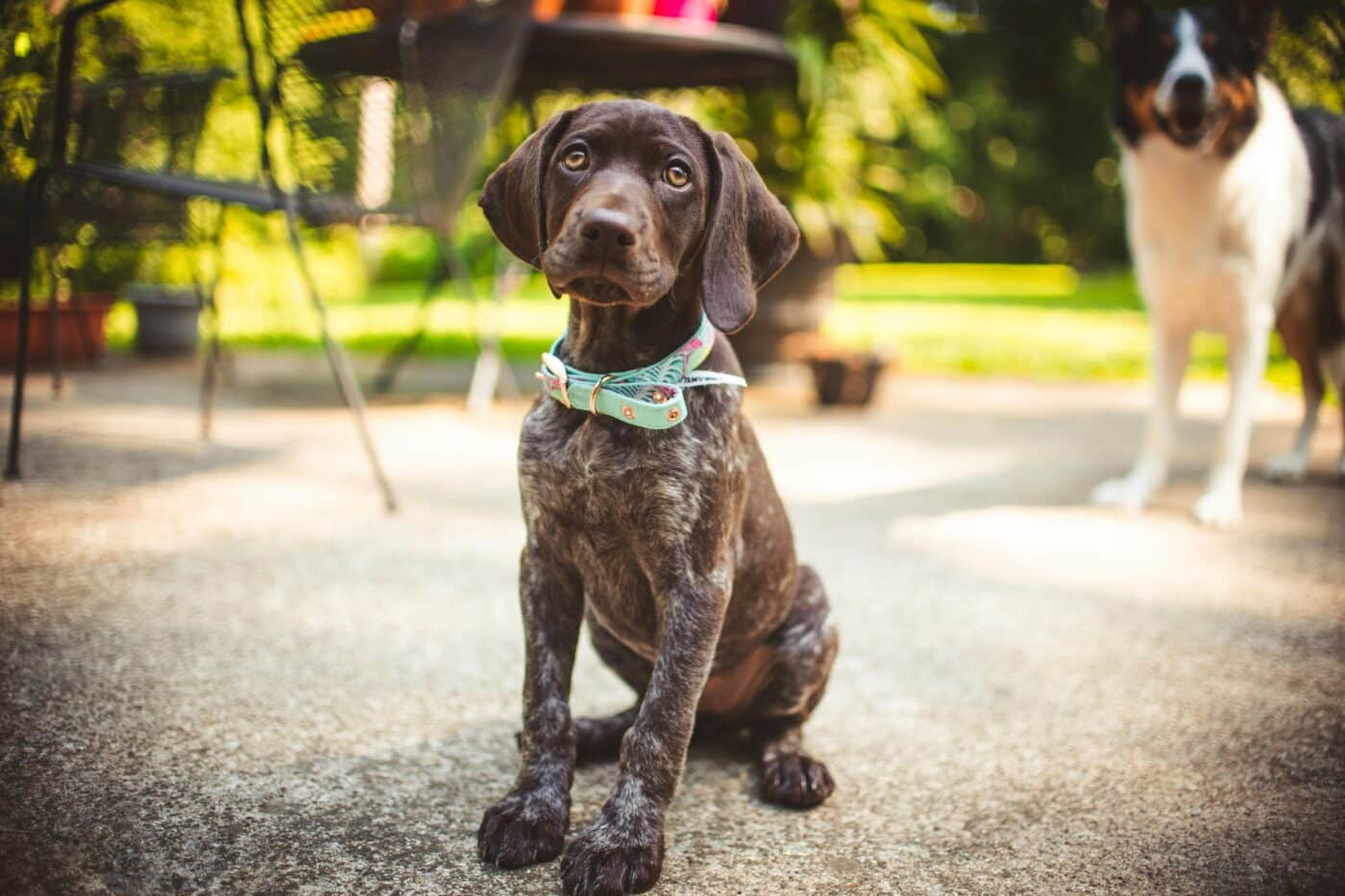
One of the first and most important commands every puppy should learn is “sit.” It’s a simple but incredibly effective way to establish control and teach your dog self-restraint. Puppies are often full of energy, and the “sit” command provides a way to manage that excitement. Whether you’re asking them to sit before meals, at the door, or during a walk, this skill is a great foundation for teaching other commands. “Sit” is not only useful for keeping your pup calm and focused, but it’s also an essential tool for situations that require them to wait patiently or be polite.
Stay
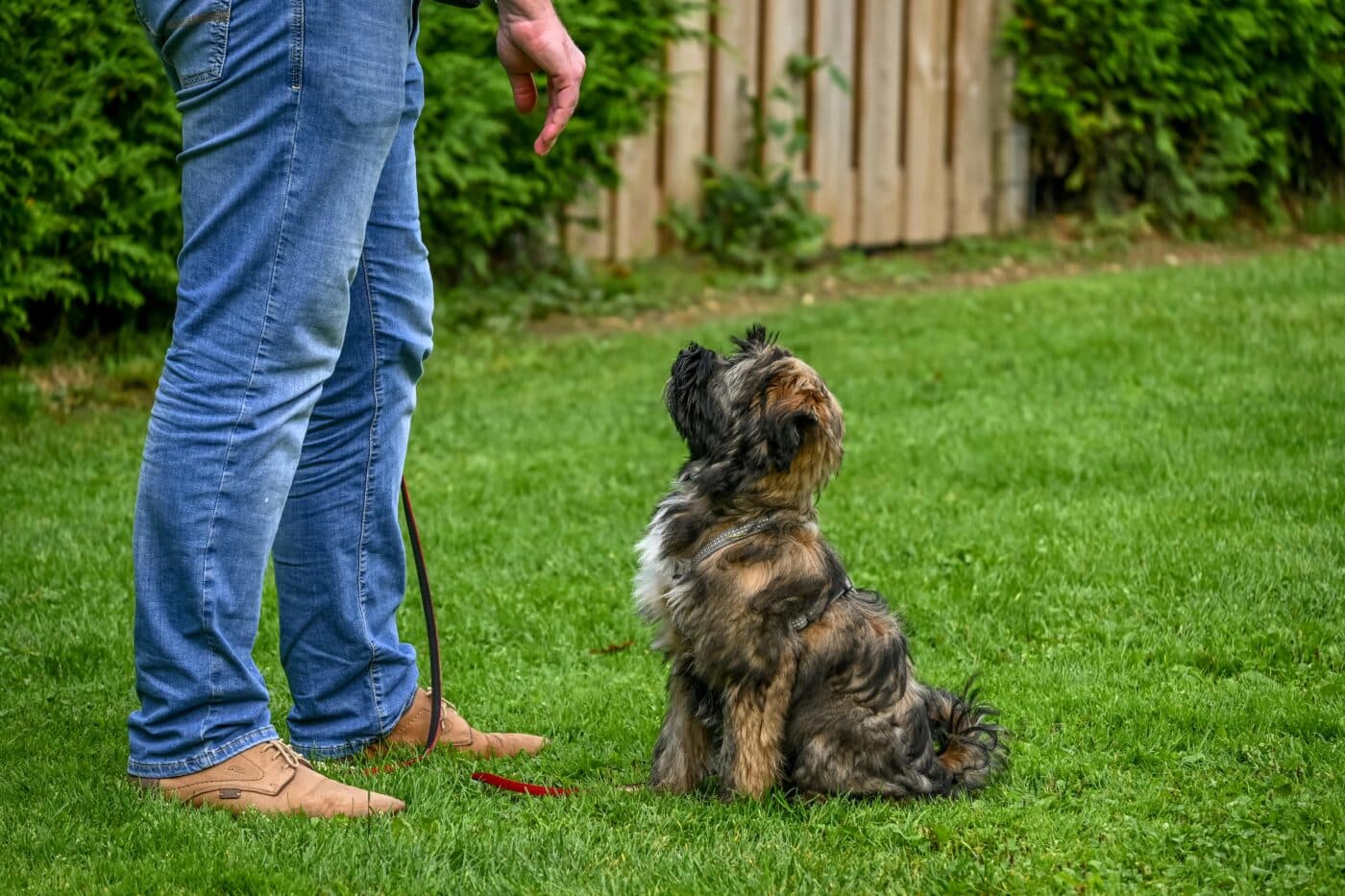
Teaching your puppy to “stay” is a game-changer, especially when it comes to keeping them safe and well-mannered. The “stay” command helps your pup learn patience and remain in place, even when there are tempting distractions around. This skill is essential for managing situations like waiting before crossing the street or keeping your dog calm when visitors arrive. It also comes in handy during moments when you need to run an errand or handle something without your dog underfoot. A well-trained “stay” helps your pup understand boundaries and develop impulse control, making life easier for both of you.
Come
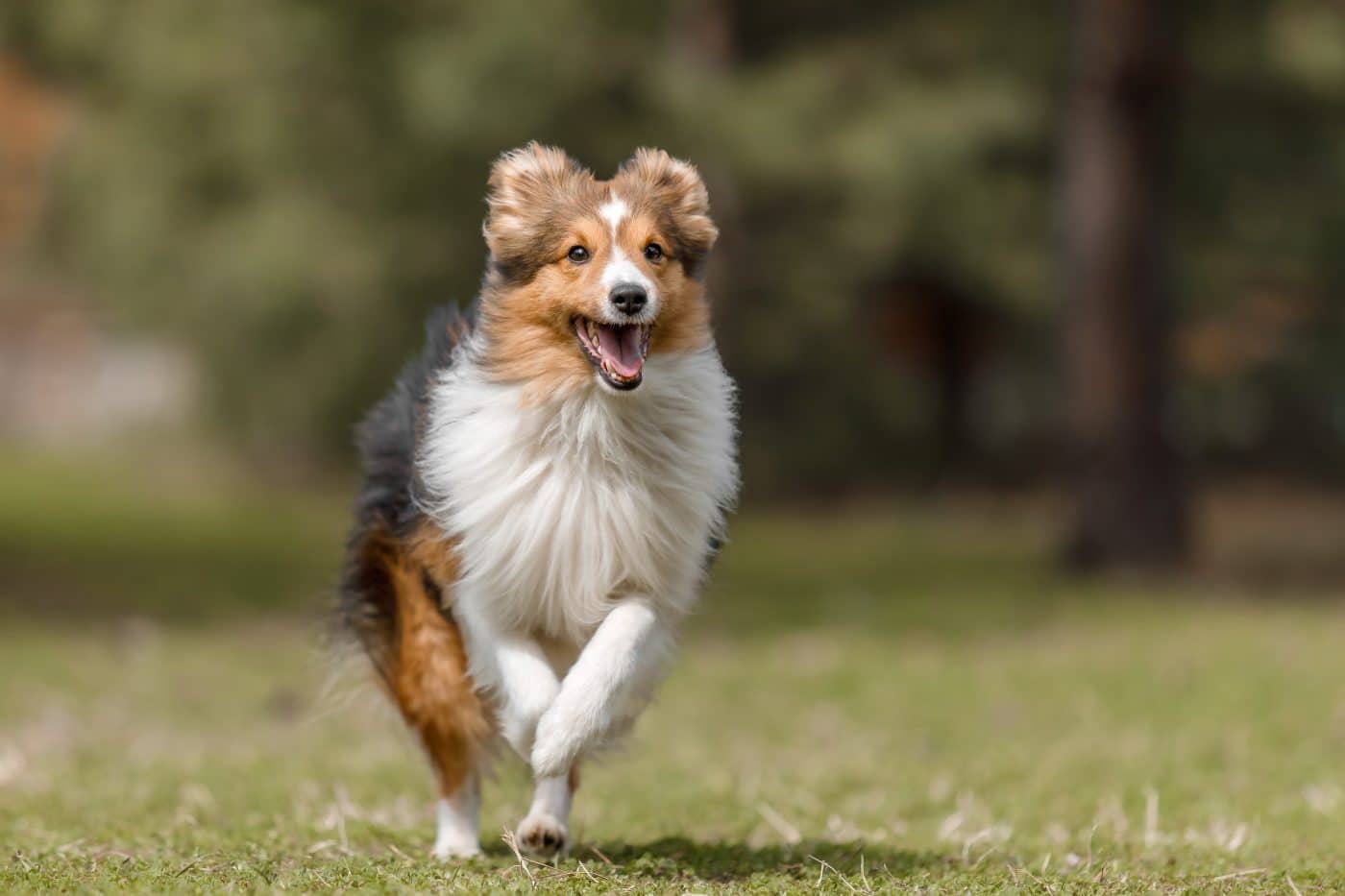
A reliable recall is one of the most important skills your puppy should master. Teaching your dog to come when called can be a literal lifesaver, especially if they’re off-leash or in a dangerous situation. The “come” command reinforces your bond and ensures you can bring your dog back to safety, no matter the distraction. Puppies are naturally curious, and mastering recall requires consistent training and plenty of positive reinforcement. Practicing “come” in different environments and with various distractions will make sure your pup learns to respond immediately, giving you peace of mind when they’re out exploring the world.
Leave It

“Leave it” is an essential command that can save your dog from getting into harmful or dangerous situations. Puppies are notorious for exploring with their mouths, and teaching them to ignore tempting objects is crucial. Whether it’s preventing them from eating something harmful on a walk or keeping them away from a fragile item at home, “leave it” establishes boundaries and keeps your pup safe. This command also teaches impulse control, as your puppy learns to resist the temptation of an object in favor of a reward from you. It’s a skill that comes in handy throughout your dog’s life.
Drop It
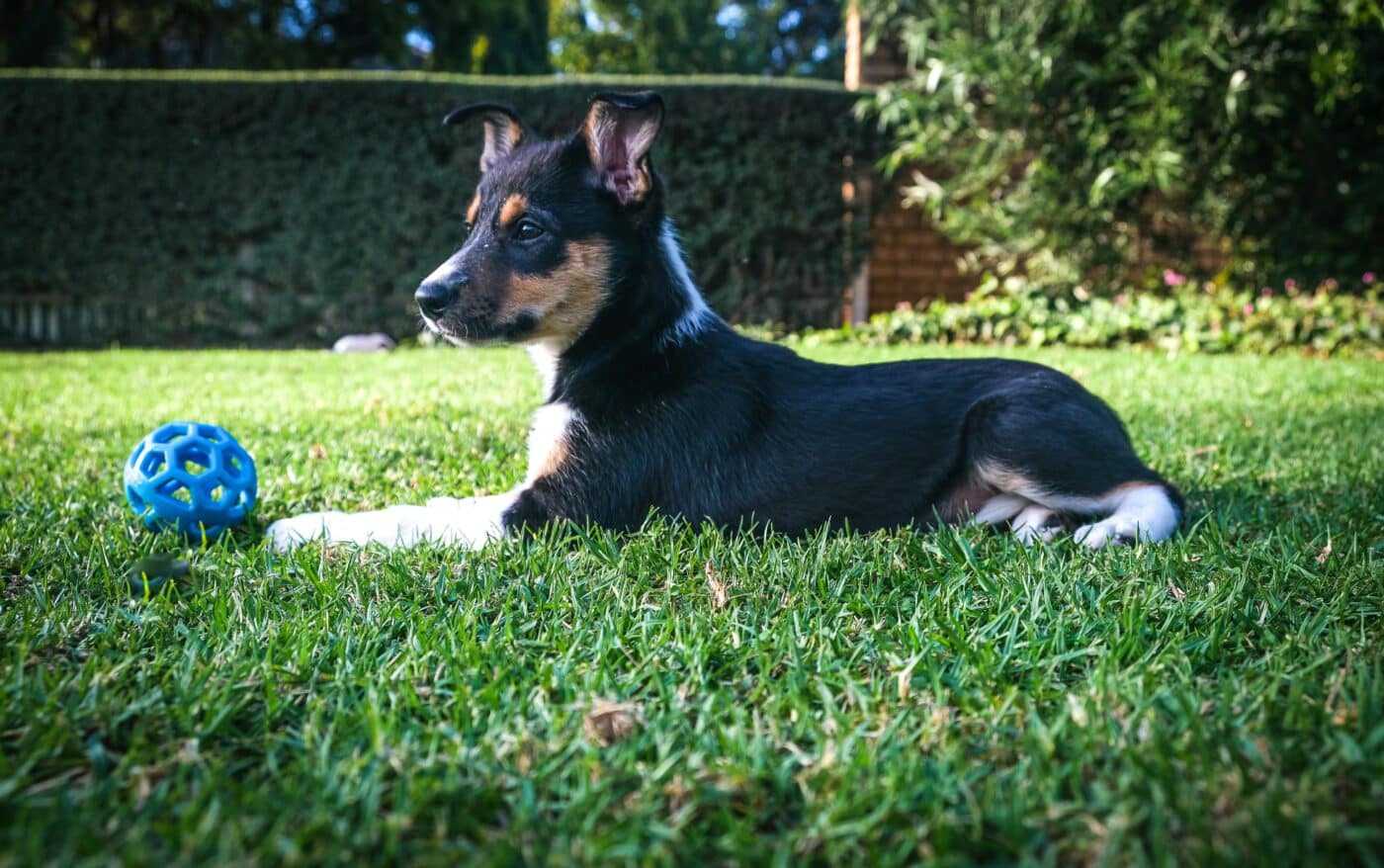
The “drop it” command is another must-have skill for puppies, especially since they often love to pick up and carry objects they shouldn’t have. Whether your dog has snagged a sock, a dangerous bone, or a favorite toy, teaching them to release the item on cue is essential for their safety and your peace of mind. “Drop it” can prevent choking hazards or damage to household items, and it also helps build trust between you and your pup. Using positive reinforcement to teach this command ensures that your dog will be happy to release their prized “treasure” in exchange for something even better.
Loose Leash Walking
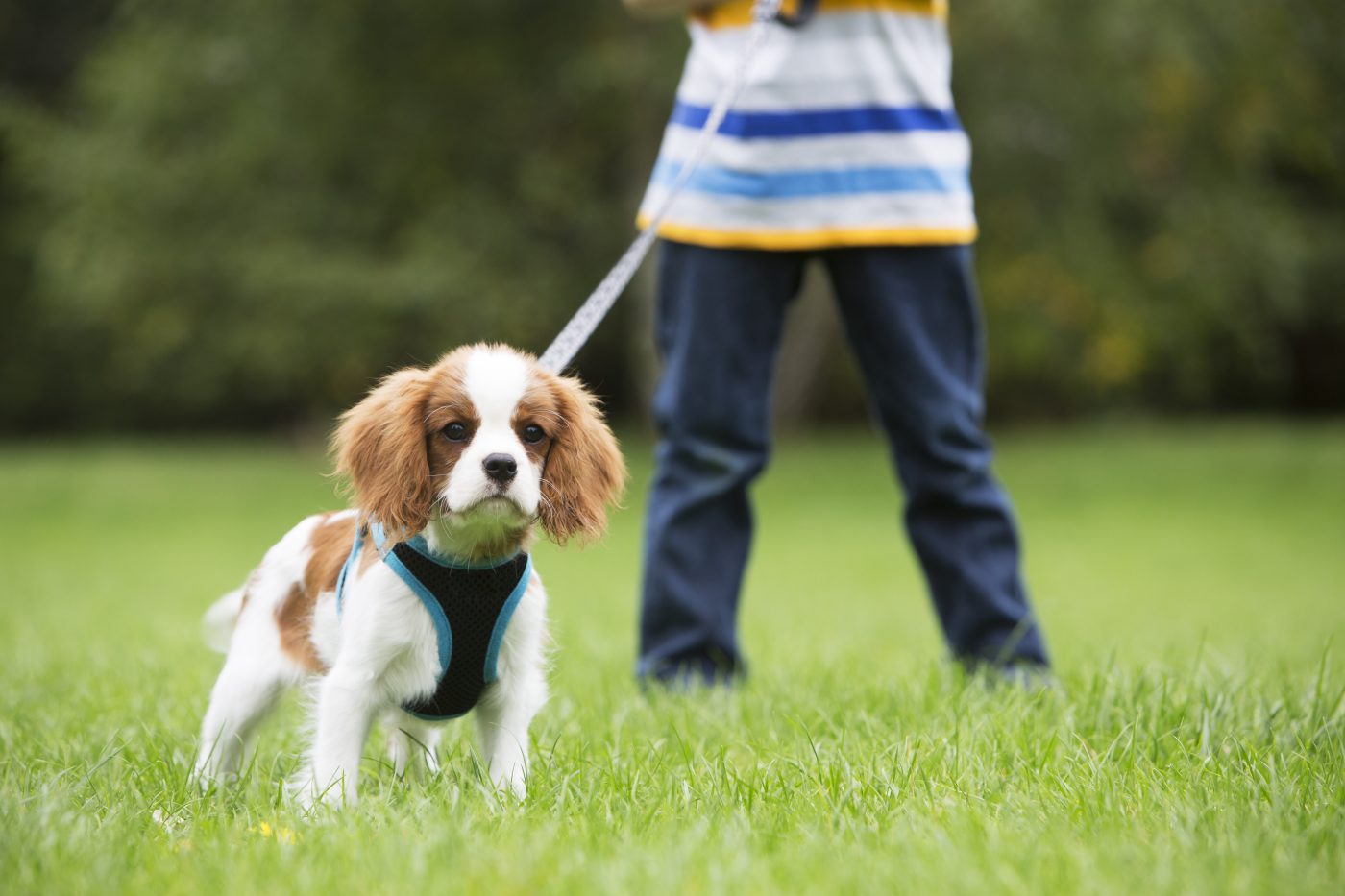
Teaching your puppy to walk nicely on a leash is key to making walks enjoyable for both of you. Loose leash walking means your dog walks beside you without pulling, making outings stress-free instead of a constant battle. Puppies are naturally excited to explore their surroundings, but consistent training and rewards can teach them to stay calm and relaxed on the leash. This skill is especially important for larger breeds that can easily overpower their owners. With patience and practice, your pup will learn that staying close to you on walks is both fun and rewarding, turning your daily strolls into a pleasant experience.
Socialization

Socialization is crucial for puppies, and it involves exposing them to different people, animals, environments, and experiences in a positive way. A well-socialized puppy grows into a confident, friendly adult dog who is comfortable in a variety of situations. This skill helps prevent fear and anxiety-related behaviors, making it easier for your pup to handle new experiences calmly. Taking your puppy to dog-friendly events, inviting friends over, and arranging playdates can all help with socialization. The key is to introduce new experiences gradually and make sure your dog feels safe and happy, creating positive associations that last a lifetime.
Handling and Grooming
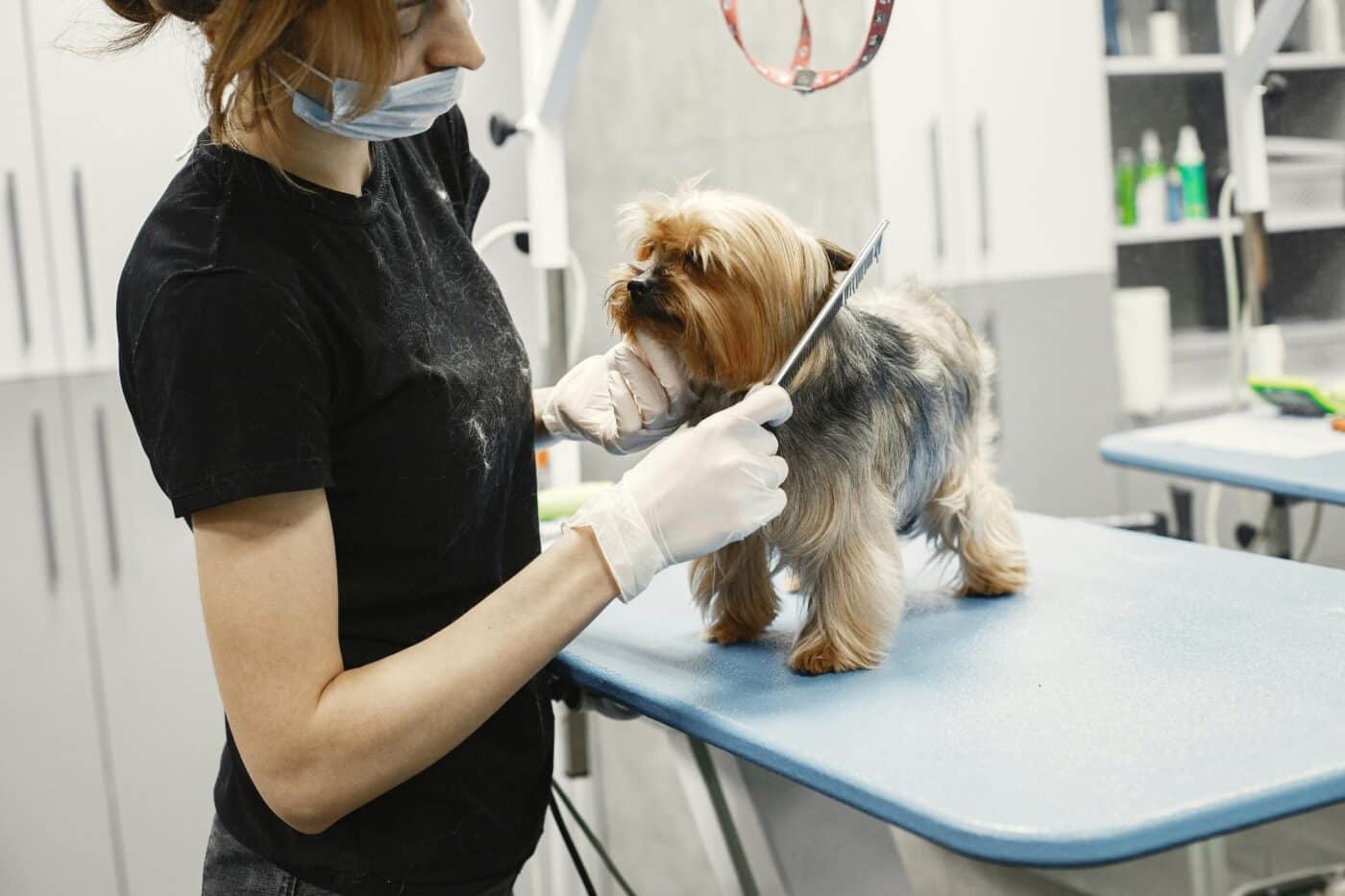
Getting your puppy used to being handled and groomed is essential for their well-being and comfort. Brushing, nail trimming, teeth cleaning, and even vet check-ups will all be part of your dog’s life, so early exposure can make these experiences less stressful. Practice gently touching your puppy’s paws, ears, and mouth while rewarding them with treats and praise. Make grooming a positive, relaxing experience, so your dog looks forward to it rather than dreads it. Proper handling skills also make visits to the vet or groomer easier, as your dog will be accustomed to being touched and examined without fear.
Crate Training
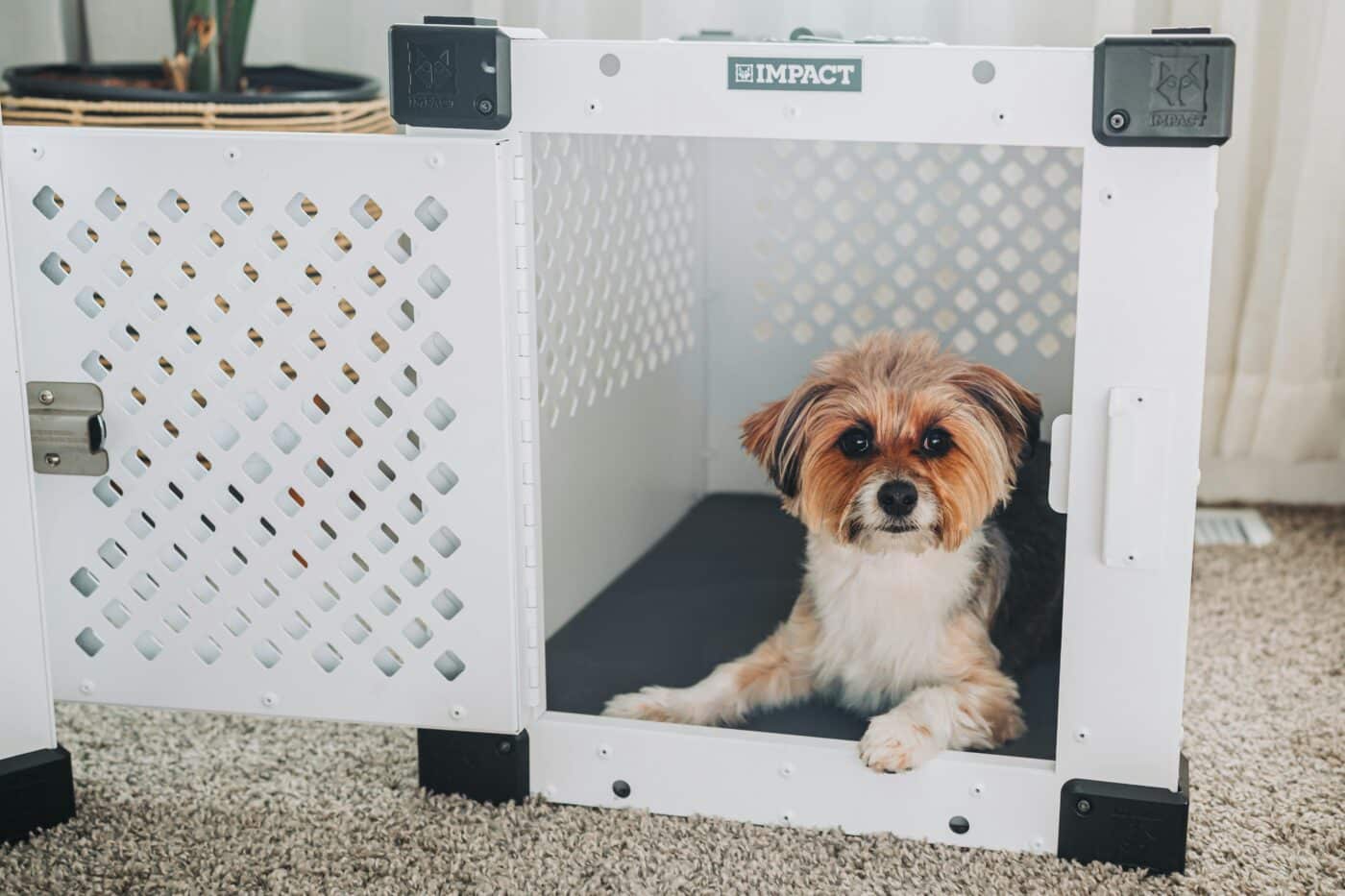
Crate training is a valuable skill that provides your puppy with a safe and secure place to rest. A crate can be used for house training, travel, or simply giving your dog a quiet space to relax. Puppies are den animals by nature, and a well-introduced crate can offer them comfort and security. Make the crate inviting by adding soft bedding and rewarding your dog for entering voluntarily. The key is to make the crate a positive space, not a punishment. A crate-trained puppy will be easier to manage, especially when traveling or when you need to leave them alone at home.
The Tail-End of Puppy Training Triumphs
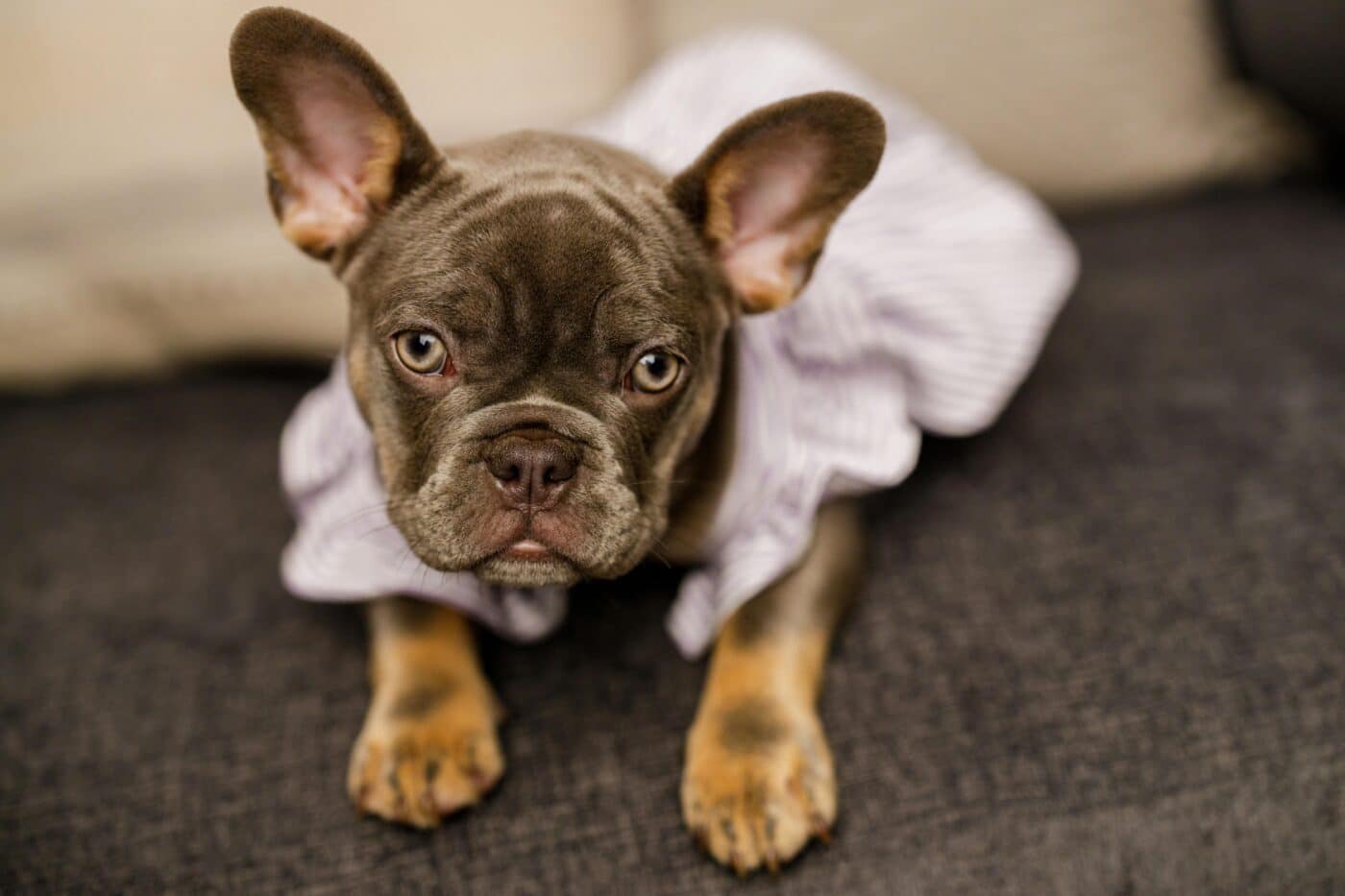
Teaching your puppy these essential skills by age two sets the stage for a happy, well-behaved adult dog. From mastering basic commands to learning social manners, the training process can be full of fun and rewarding moments. While it takes time and dedication, the payoff is a lifelong bond and a well-adjusted companion who knows how to navigate the human world. Remember, training is an ongoing adventure, so be patient and consistent. And who knows? Your puppy might just surprise you with how quickly they learn and adapt.
The post 9 Essential Skills Every Puppy Should Learn by Age 2! appeared first on iHeartDogs.com.
